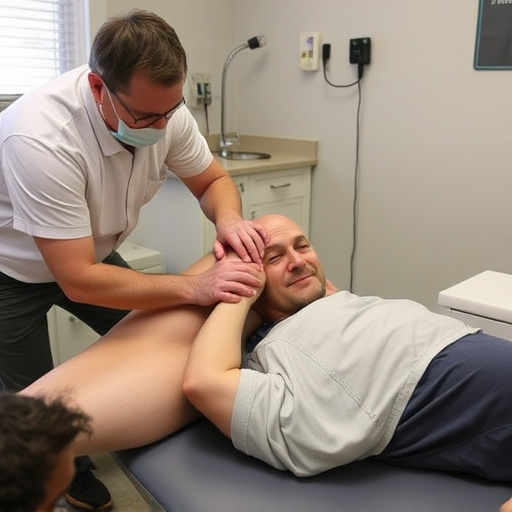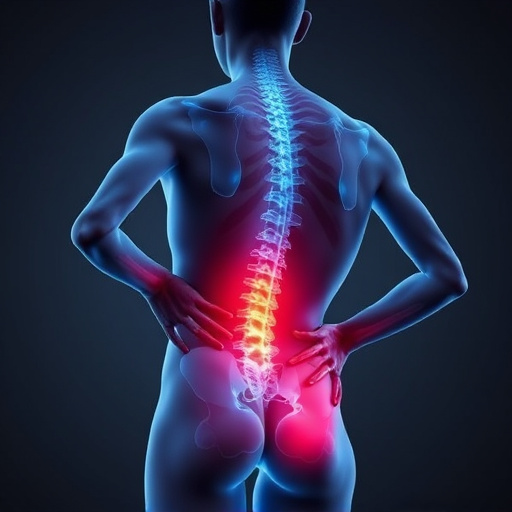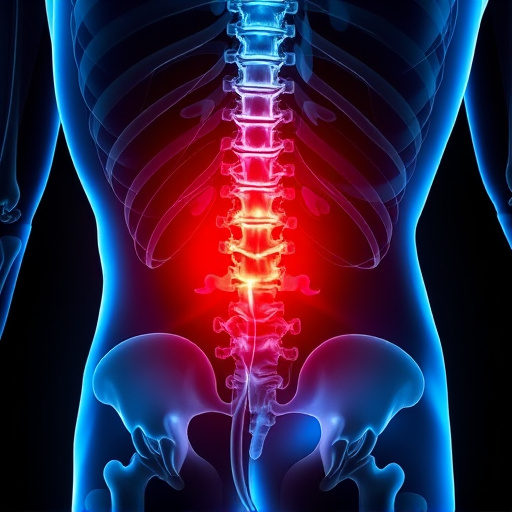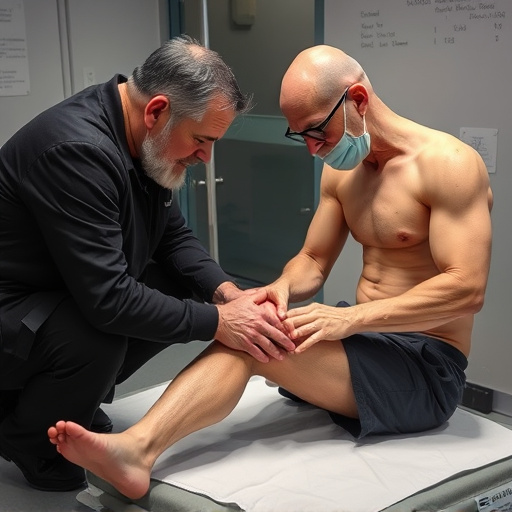Shockwave tendonitis relief is a targeted treatment for chronic tendon inflammation, offering non-invasive stimulation of tissue repair for athletes and active individuals. After exhausting conventional treatments, this therapy reduces pain, inflammation, and improves function in affected joints like elbow, shoulder, or hip. Ideal for those with repetitive motion occupations, it requires commitment and multiple sessions over several weeks.
“Unsure if you’re a good candidate for shockwave tendonitis relief? This comprehensive guide breaks down everything you need to know. First, we’ll explore the condition itself, its symptoms, and how it impacts daily life. Then, we’ll delve into who stands to benefit most from non-invasive shockwave therapy. We’ll also outline key advantages and considerations, empowering you to make an informed decision about this innovative relief option for tendonitis.”
- Understanding Shockwave Tendonitis and Its Symptoms
- Who is a Good Candidate for This Non-Invasive Treatment?
- Benefits and Considerations for Shockwave Therapy
Understanding Shockwave Tendonitis and Its Symptoms
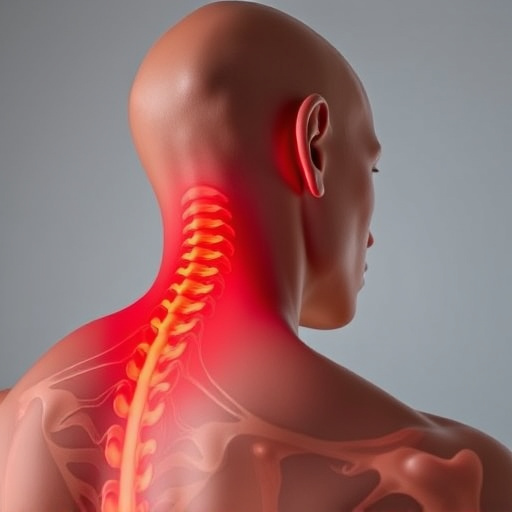
Shockwave tendonitis is a condition that arises from chronic inflammation of tendons, often caused by repetitive stress or overuse. This can lead to severe pain and discomfort, particularly in areas like the elbow, shoulder, or hip. Understanding this condition is crucial for identifying candidates suitable for shockwave tendonitis relief treatments. The key symptoms include persistent tenderness, swelling, and stiffness in the affected joint, with activities such as lifting, gripping, or throwing exacerbating the pain. Patients often experience reduced range of motion and may even feel a distinct nodule or lump in the tendon area.
For individuals seeking shockwave tendonitis relief, it’s essential to recognize that this treatment approach is especially beneficial for those who have exhausted conservative management options like rest, physical therapy, and medication. Sports injury recovery and muscle recovery are central to this process, as shockwaves stimulate tissue repair and promote natural healing mechanisms. Additionally, candidates suitable for this method typically suffer from joint pain relief that has been persistent and debilitating, impacting their daily lives and normal activities.
Who is a Good Candidate for This Non-Invasive Treatment?

For individuals suffering from shockwave tendonitis, exploring non-invasive treatment options can be a game-changer in their journey to relief. A good candidate for this innovative approach is typically someone who has exhausted more conventional treatments and seeks an alternative solution for managing their chronic pain. This condition often affects athletes, active individuals, or those with occupations involving repetitive motions, leading to inflammation and tenderness around the tendons.
The ideal patient for shockwave tendonitis relief should be committed to a non-pharmaceutical, non-surgical treatment method. Chiropractic care and injury rehabilitation programs that incorporate shockwave therapy have shown promise in treating this condition effectively. Chronic pain management is another key aspect; patients should be motivated to engage in the process, as it may involve multiple sessions spaced over several weeks to achieve optimal results.
Benefits and Considerations for Shockwave Therapy

Shockwave therapy has emerged as a promising non-invasive treatment option for individuals seeking shockwave tendonitis relief. This innovative approach utilizes focused acoustic waves to stimulate tissue repair and promote healing in damaged tendons and surrounding areas. One of the significant advantages is its ability to penetrate deep into tissues, providing targeted relief for chronic pain associated with tendonitis.
For candidates considering this treatment, it’s essential to understand that shockwave therapy offers a safe and effective alternative to more invasive procedures. It can be particularly beneficial for those who have exhausted conservative treatments like rest, physical therapy, and medication without significant improvement. By addressing the underlying causes of tendonitis, shockwave therapy aims to reduce inflammation, alleviate pain, and restore function, potentially providing long-lasting headache relief and pinched nerve relief in the affected areas.
Shockwave tendonitis relief can significantly benefit individuals experiencing chronic tendon pain. A good candidate for this non-invasive treatment is someone with persistent symptoms, including localised tenderness, swelling, and movement restrictions, despite conservative management. It’s particularly suitable for athletes or active individuals who want to avoid surgery or prolonged recovery. The benefits include reduced pain, improved function, and accelerated healing. However, it’s essential to consult a healthcare professional, as factors like severity, previous treatments, and overall health may influence suitability.








